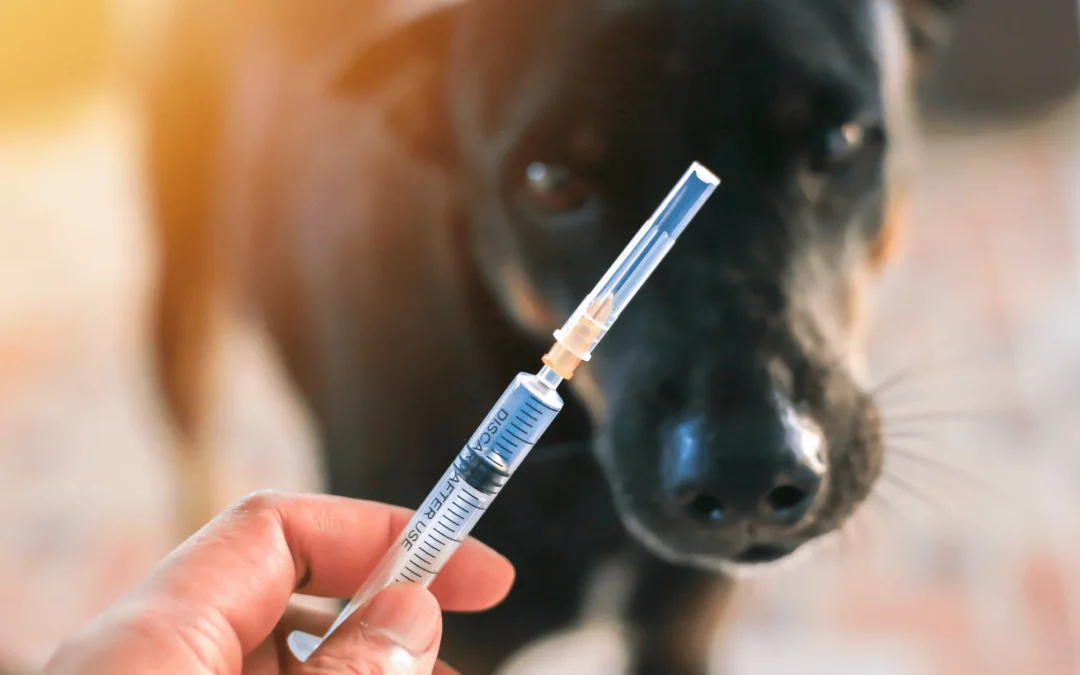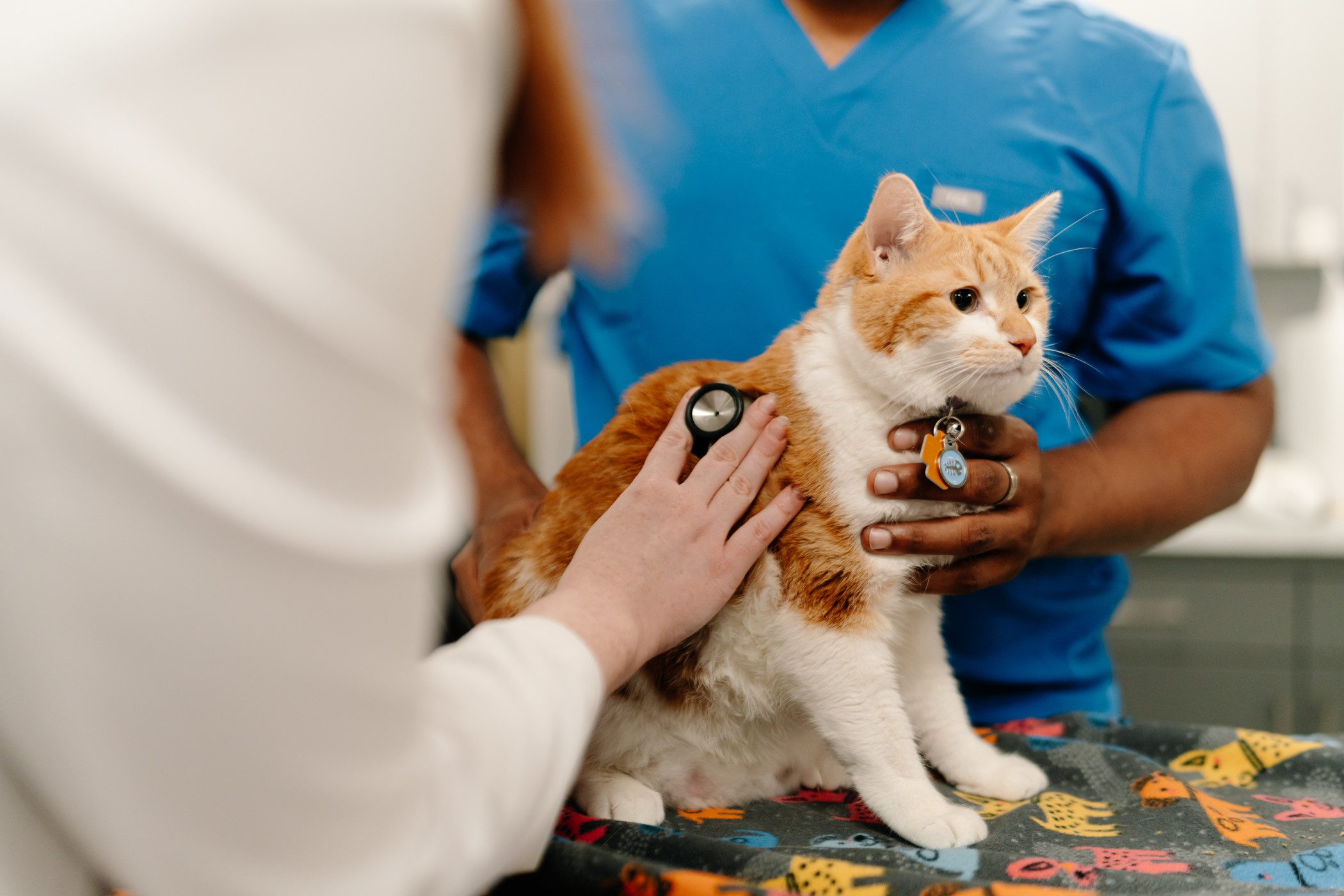
Importance of Rabies Vaccination for Cats and Dogs
Your pet is more than an animal — they’re family. At BlueBlood Veterinary, we believe in combining medical expertise with compassion and personalized care. One of the foundational protections you can give your cat or dog is rabies vaccination. In this post, we’ll explore why rabies vaccination is indispensable, how it works, when to vaccinate, and key truths every pet owner should know.
1. What Is Rabies & Why It Matters
-
Definition & cause: Rabies is a viral disease affecting the central nervous system, caused by the Lyssavirus family.
-
Transmission route: Primarily through the bite (or scratch) from an infected animal, by letting virus-laden saliva enter the body.
-
Fatal outcome: Once clinical signs appear, rabies is nearly always fatal in both animals and humans.
-
Zoonotic risk: Because rabies affects people too, vaccinating your pet is a public health measure.
By vaccinating your pet, you are protecting not just them, but your family, neighbors, and community.
2. How Rabies Vaccination Works
-
The vaccine introduces inactivated or attenuated viral antigens, prompting your pet’s immune system to generate protective antibodies.
-
In case of actual exposure, vaccinated pets can mount a defense, preventing the virus from spreading through the nervous system.
-
Boosters help maintain immunity over time since antibody titers wane.
3. When & How Often to Vaccinate
-
Puppies/kittens: First rabies shot often at ~12–16 weeks of age (depending on local regulations).
-
First booster: Usually one year later.
-
Subsequent boosters: Can be every 1–3 years depending on the vaccine type, local laws, and risk assessment.
-
Local law compliance: In many jurisdictions, rabies vaccination for dogs/cats is legally required.
-
Exceptions & considerations: Some pets (e.g. very ill or immunocompromised) may require adjustments — your vet will guide you.
4. Benefits of Rabies Vaccination
| Benefit | Description |
|---|---|
| Prevents fatal disease | Stops rabies before it kills your pet |
| Public health safety | Minimizes risk to humans and animals in your area |
| Legal protection | Keeps you compliant with local laws and avoids penalties |
| Peace of mind | You can freely take your pet to parks, boarding, grooming, etc. with fewer restrictions |

5. Common Myths & Misconceptions
-
“My pet is indoors, so they don’t need it.”
→ Even indoor cats or dogs might escape, visit a vet clinic, or be exposed to bats or wild animals. -
“Vaccines cause more harm than good.”
→ Modern vaccines are very safe; adverse reactions are rare and usually mild (swelling, lethargy). -
“Once vaccine, I’m protected for life.”
→ Immunity decreases over time — boosters are essential. -
“I don’t see rabies in my area so I don’t worry.”
→ Rabies still exists in wildlife reservoirs, and importation or migration can reintroduce it.
6. What to Expect During Vaccination at BlueBlood Vet
-
Pre-vaccination check: Physical exam, health history, any contraindications.
-
Vaccination protocol: Administer vaccine under sterile conditions, document batch and date.
-
Post-vaccine monitoring: Monitor your pet for ~15–30 minutes for adverse reaction.
-
Vaccine certificate: You receive a legally recognized certificate or tag (if applicable).
-
Scheduling reminders: We’ll remind you of when booster is due.
7. What to Do After Potential Exposure
If your pet is bitten by a wild animal or an unvaccinated animal:
- Immediately restrain and limit movement
- Seek veterinary care within hours
- If pet is unvaccinated: The vet may administer rabies immunoglobulin (if available) plus start vaccination (depending on local protocol)
- Observation/Quarantine: According to local health laws, your pet may need quarantine
- Report to public health / animal control: In many regions, rabies exposure is reportable
8. Rabies Vaccination & Community Impact
-
When many pet owners vaccinate, herd immunity helps reduce transmission in that region.
-
Wildlife vaccination programs (e.g. bait vaccines for foxes) complement pet vaccination efforts.
-
By being a responsible pet owner with BlueBlood Vet, you contribute to making your city or region safer.
9. Costs & Value
-
While vaccination does incur cost, it’s a small price compared to treating a rabies exposure or the emotional cost of losing a pet.
-
BlueBlood Vet strives to make vaccination affordable without compromising quality.
-
Many times, vaccinations may be included in wellness packages, making it more cost-effective.
10. Final Thoughts & Call to Action
Your pet’s health and safety are of paramount importance to us at BlueBlood Veterinary. Rabies vaccination is a foundational preventive measure — low cost, high impact. Don’t delay.
👉 Call us today or schedule an appointment online to ensure your cat or dog has valid, up-to-date rabies vaccination. Let’s work together to keep your companion safe, your family protected, and your community healthier.
FAQs (Frequently Asked Questions)
Q1: Can I skip rabies vaccination if my pet is strictly indoors?
A: No. Even indoor pets can have accidental exposure — through escapes, bats entering the home, or veterinary visits.
Q2: Are there side effects from rabies vaccines?
A: Side effects are rare and usually mild (e.g., localized swelling, mild lethargy). Serious reactions are extremely uncommon.
Q3: How long does rabies immunity last?
A: It depends on the vaccine and the animal. Many vaccines protect for 1–3 years, but booster shots are needed to maintain immunity.
Q4: What happens if my vaccinated pet is bitten by a rabid animal?
A: The existing immunity usually helps prevent disease progression. Your vet may also provide additional care per local protocols.
Q5: Is rabies vaccination legally required?
A: In many jurisdictions — yes. Local laws often mandate it for cats and dogs. Fines or penalties may apply for noncompliance.
Q6: Can puppies or kittens receive the rabies vaccine before 12 weeks?
A: Usually not, because maternal antibodies can interfere with vaccine efficacy. The typical schedule starts around 12–16 weeks, but your vet will advise based on your region.


